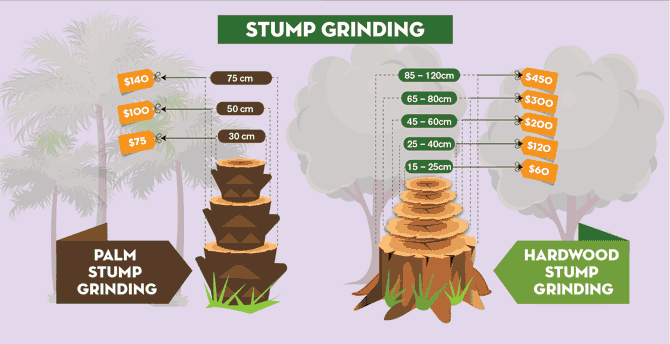Hints That Suggest Tree Removal: How To Area Hazardous Trees
Hints That Suggest Tree Removal: How To Area Hazardous Trees
Blog Article
Author-Troelsen Goodman
When it pertains to tree care, recognizing the indicators that it's time for removal is crucial for your security and residential property. You may observe stained leaves, wilting branches, or odd fungal developments indicating illness. Structural concerns, like a considerable lean or splits in the trunk, can also posture dangers. Understanding these indication can help you make educated choices regarding your trees and protect against potential threats prowling in your lawn. What should you seek following?
Signs of Degeneration and Condition
When you see indications of decay and condition in your trees, it's critical to act rapidly. Search for stained fallen leaves, wilting branches, or unusual growths like fungus. These can indicate that your tree is having a hard time.
If you see splits in the bark or soft, mushy timber, these signs and symptoms recommend interior decay. Additionally, an unexpected increase in parasites around your tree can signal that it's deteriorated and vulnerable.
Look for https://josuelhbvp.wizzardsblog.com/35218624/think-about-the-undetected-hazards-and-visual-concerns-presented-by-tree-stumps-on-your-building-find-out-about-reliable-methods-for-their-removal-to-boost-your-exterior-atmosphere or dying arm or legs, as they posture a threat to your residential property and safety. If you doubt concerning what you see, getting in touch with an arborist can give clarity.
Resolving these indicators early can conserve you from much more comprehensive damages and ensure the health and wellness of your lawn. Do not wait until it's too late.
Structural Instability and Leaning
As you observe your trees, keep an eye out for any kind of signs of architectural instability or leaning. If a tree leans considerably, it may indicate that the root system is endangered.
Look for any splits in the trunk or dirt around the base; these can signify possible failure. Furthermore, check for uncommon development patterns, like an uneven crown, which may recommend that the tree is battling to hold itself upright.
If you notice that the tree leans toward your home, power lines, or various other structures, it positions a better threat. Don't neglect these indications-- consult an arborist to assess the circumstance.
Doing How To Prune Guava Tree about it early can stop costly damages and ensure your security.
Dead or Perishing Branches and Vegetation
If you see dead or dying branches and foliage on your tree, it's a clear indicator that something's wrong.
These undesirable areas can indicate underlying issues like condition, parasite problems, or ecological stress. When branches lose their fallen leaves or transform brown, they're no more adding to the tree's health. Overlooking these signs might lead to additional decrease, making your tree more harmful.
Dead branches can conveniently break short throughout tornados, presenting a threat to building and individuals nearby. It's vital to evaluate the level of the damage.
If the trouble impacts a substantial part of the tree, consider getting in touch with an expert. They can aid figure out if removal is essential to guarantee safety and security and keep the appeal of your landscape.
Conclusion
If you notice any indications of decay, architectural instability, or dead branches on your trees, don't ignore them. These indications can position serious safety dangers to you and your residential property. It's constantly best to get in touch with a professional arborist who can offer an expert assessment of your trees. Taking action early can prevent mishaps and pricey damage, guaranteeing your landscape remains risk-free and healthy and balanced. Keep in mind, it's far better to be aggressive regarding tree treatment than to wait on a catastrophe to happen.
